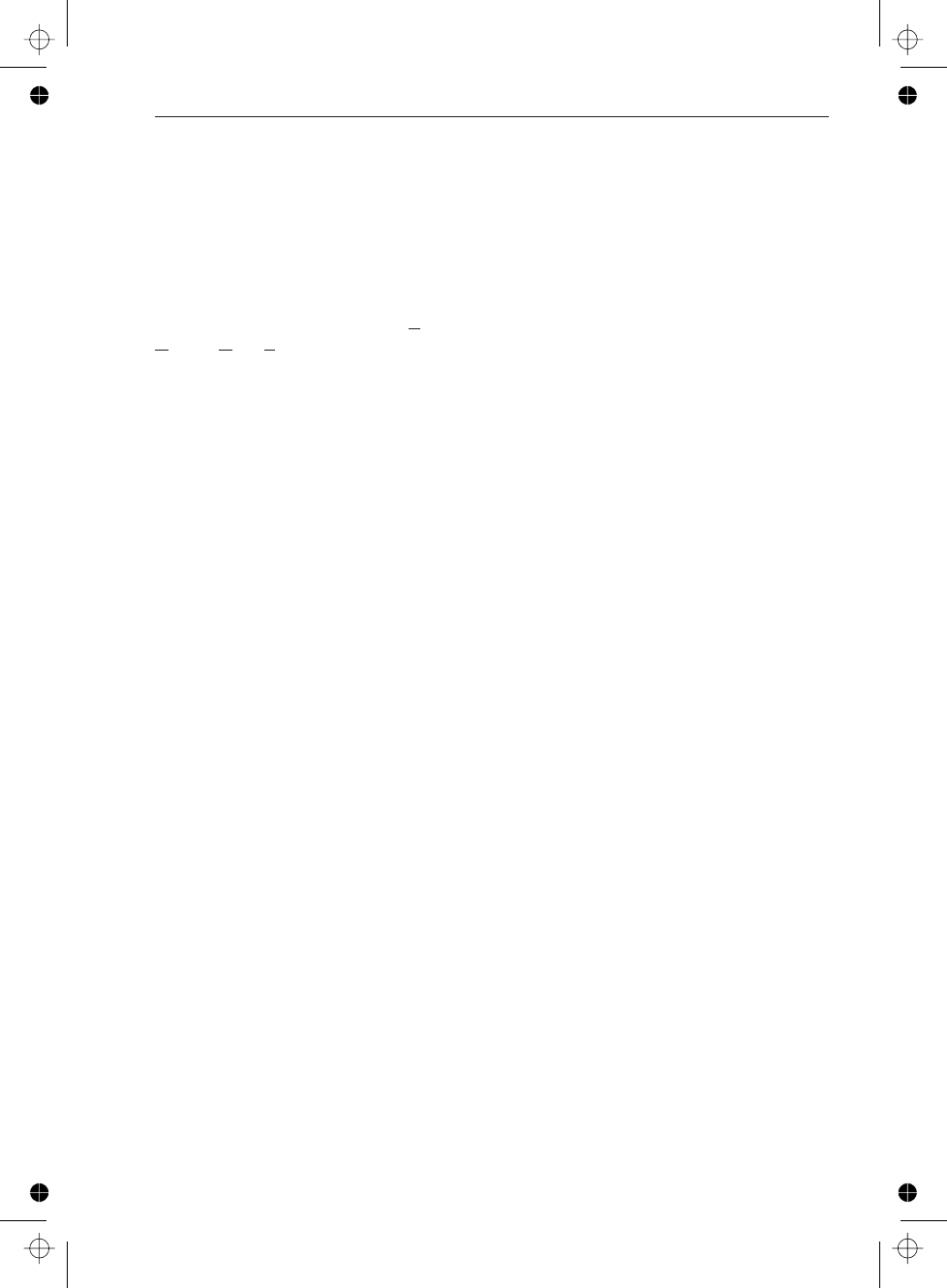
Manual
Conventions
Syntax Specification Form
This manual uses the EBNF (Extended
B
ackus-Naur Form) notation for describ
-
ing syntax. This notation uses the follow
-
ing types of symbols:
n
Printable Characters:
Printable characters such as Command
headers, etc., are printed just as they are,
e.g. period means that you should type
the word PERIOD.
The following printable characters have a
special meaning and will only be used in
that meaning: # ‘ “ () : ; *
Read Chapter 3’ Introduction to SCPI’
for more information.
n
Non-printable Characters:
Two non-printable characters are used:
8
indicates the space character
(ASCII code 32).
¿
_ indicates the new line character
(ASCII code 10).
n
Specified Expressions: < >
Symbols and expressions that are further
specified elsewhere in this manual are
placed between the <> signs.
For example <Dec. data.>. The following
explanation is found on the same page:
“Where <Dec. data> is a four-digit num
-
ber between 0.1 and 8*10-9.
n
Alternative Expressions Giving
Different Result:
Alternative expressions giving different
results are separated by |. For example,
On|Off means that the function may be
switched on or off.
n
Grouping: « »
Example: FORMat8«ASCII|REAL»
specifies the command header FORMat
followed by a space character and either
ASCII or REAL.
n
Optionality: [ ]
An expression placed within[]isop
-
tional.
Example: [:VOLT]:FREQuency
means that the command FREQuency
may or may not be preceded by :VOLT.
n
Repetition: { }
An expression placed within { } can be
repeated zero or more times.
n
Equality: =
Equality is specified with =
Example: <Separator>= ,
Mnemonic Conventions
n
Truncation Rules
All commands can be truncated to
shortforms. The truncation rules are as
follows:
–
The shortform is the first four characters of
the command.
–
If the fourth character in the command is a
vowel, then the shortform is the first three
characters of the command. This rule is not
Getting Started
Manual Conventions 1-3


















